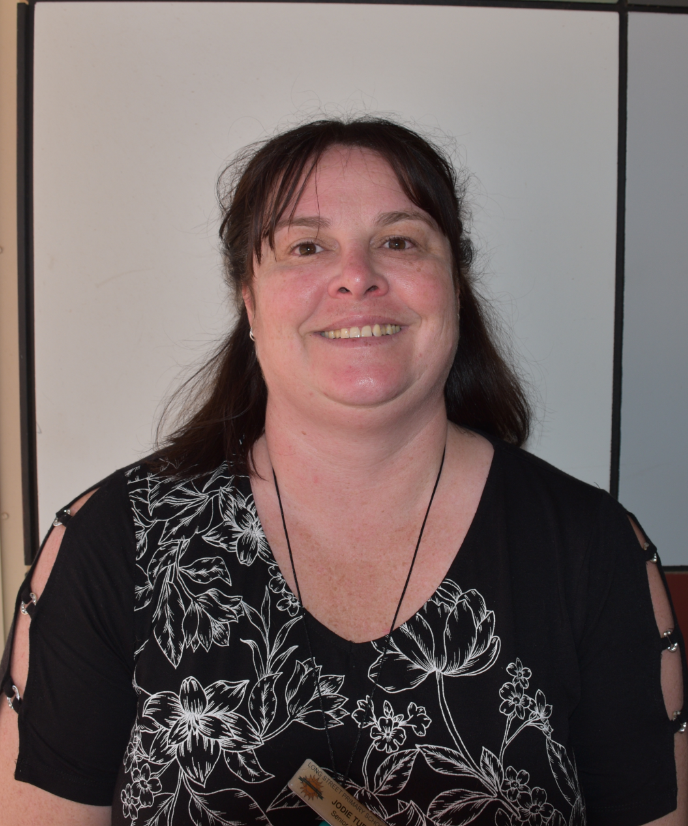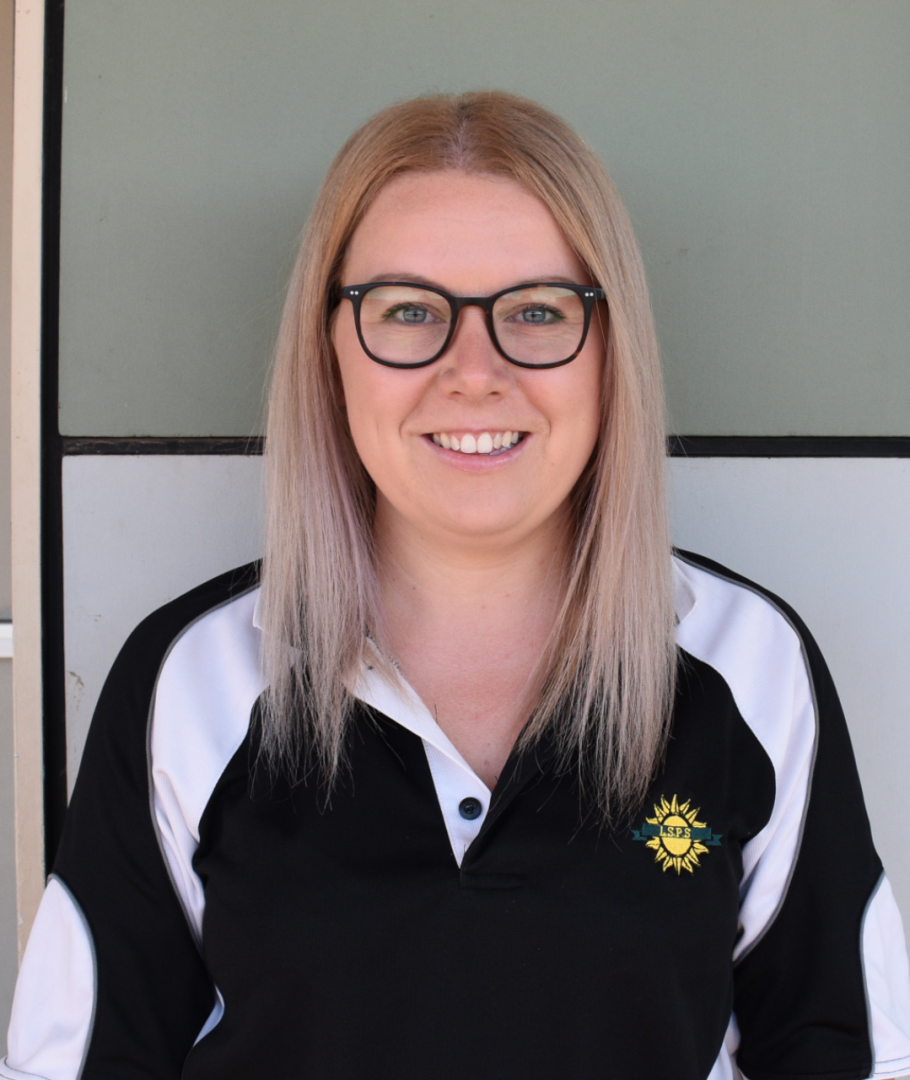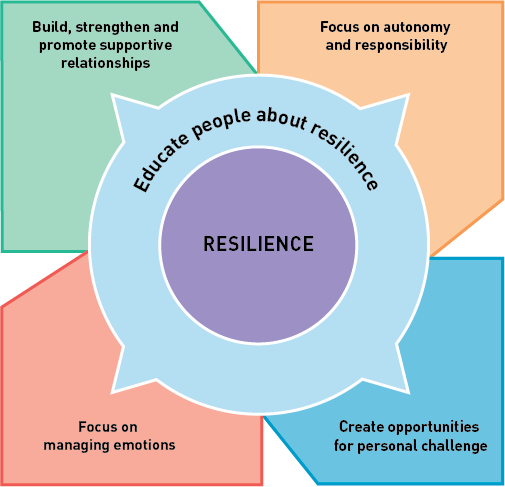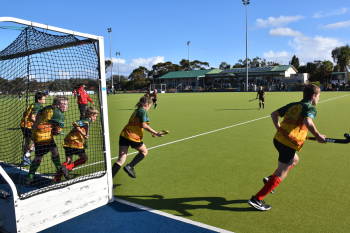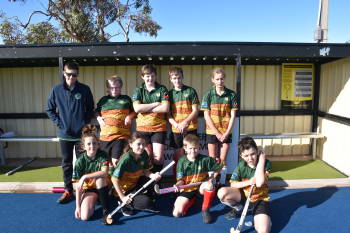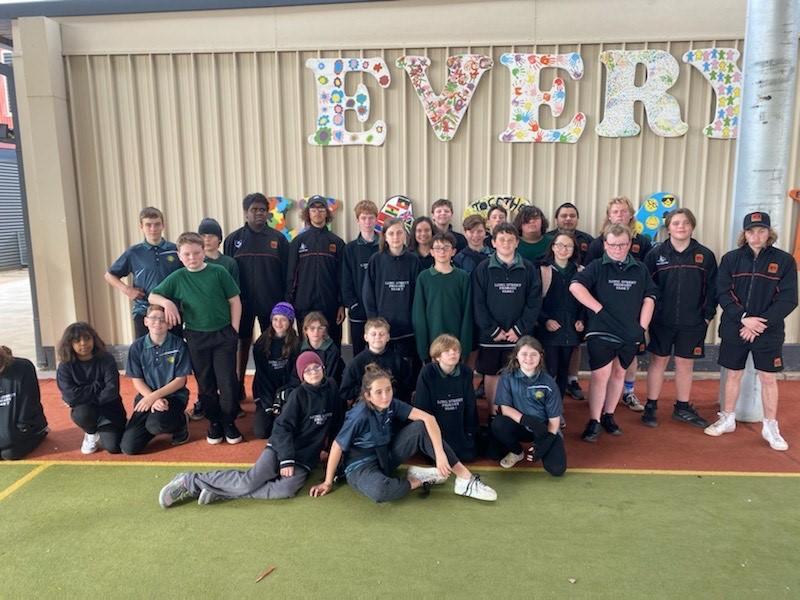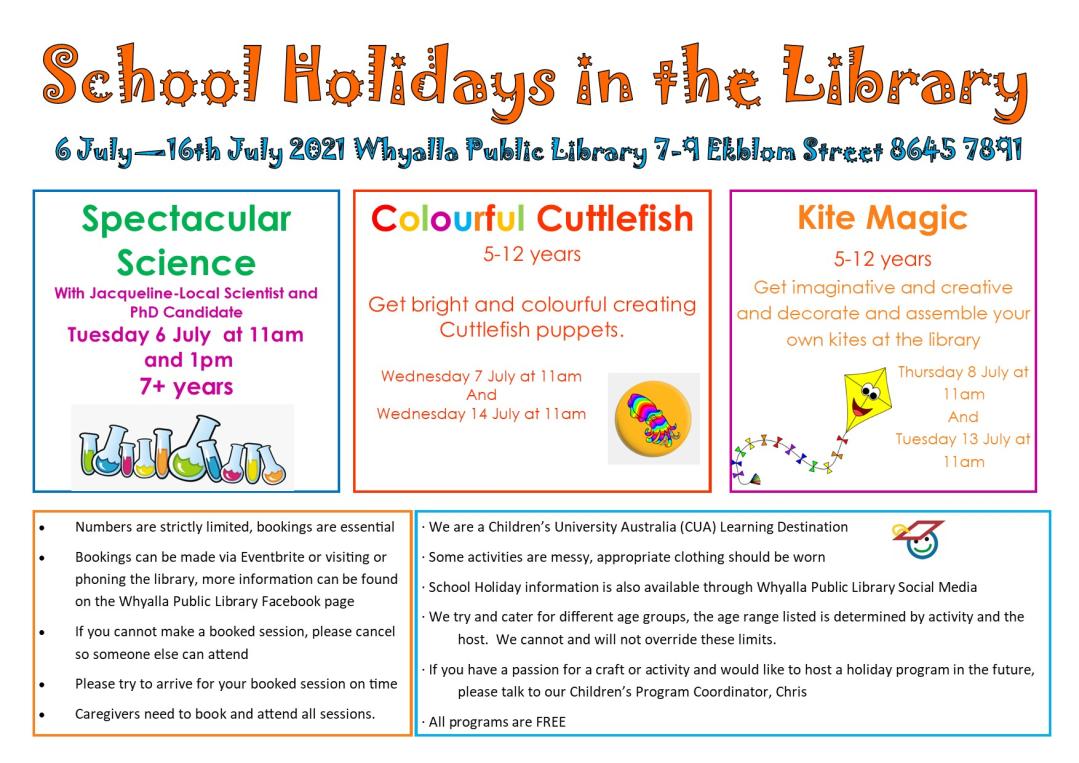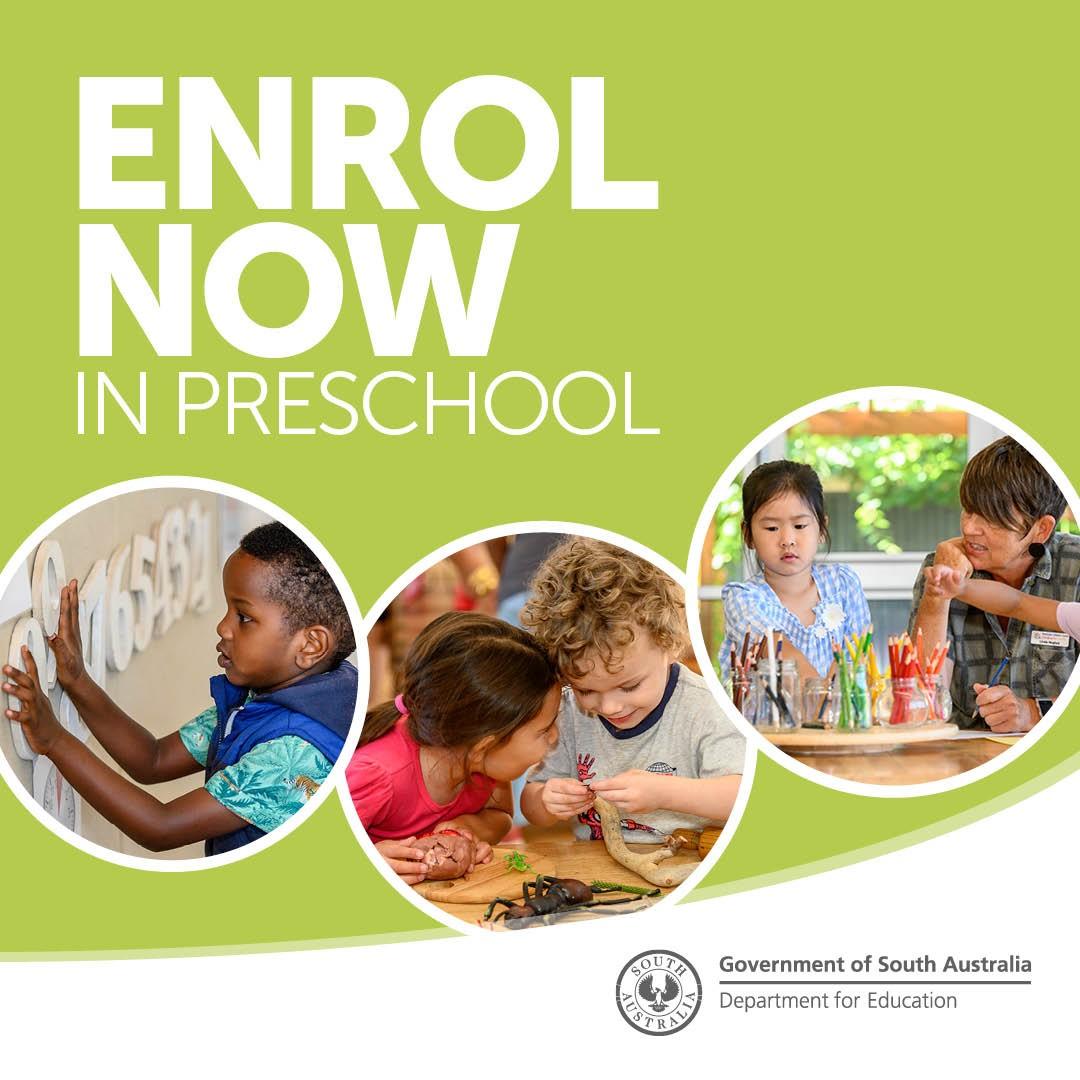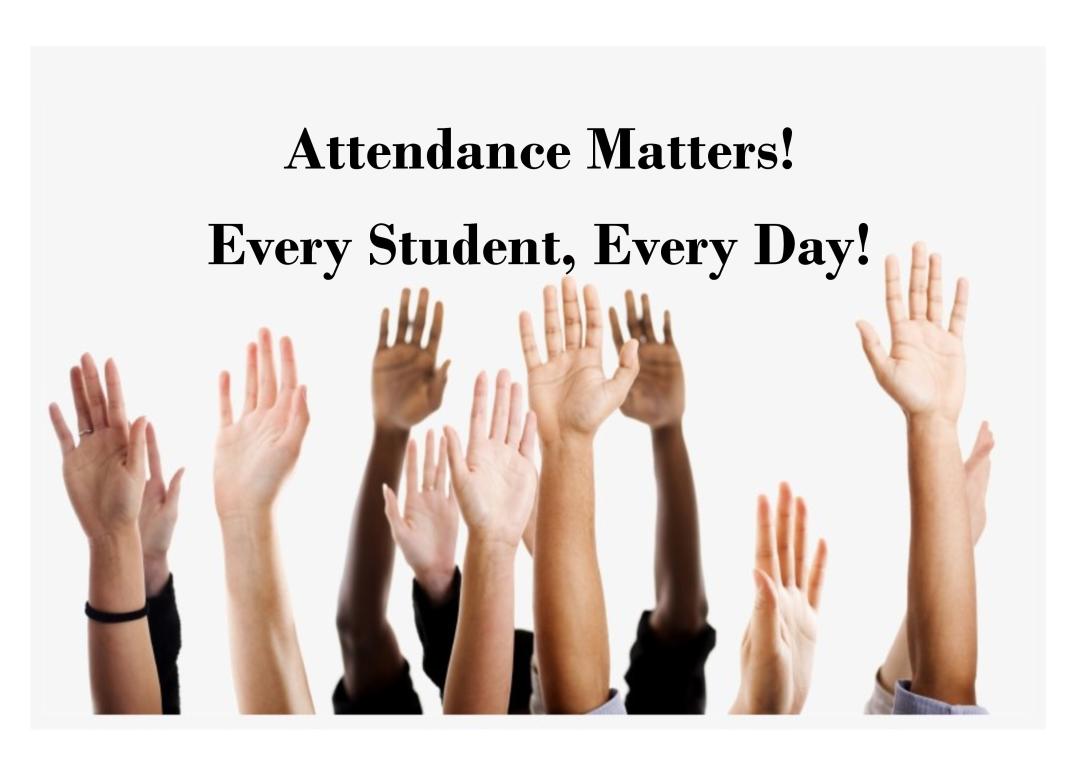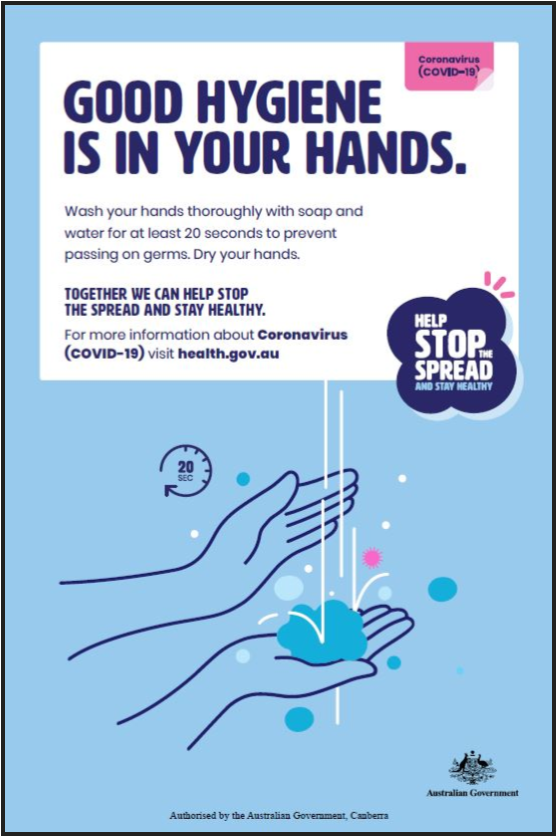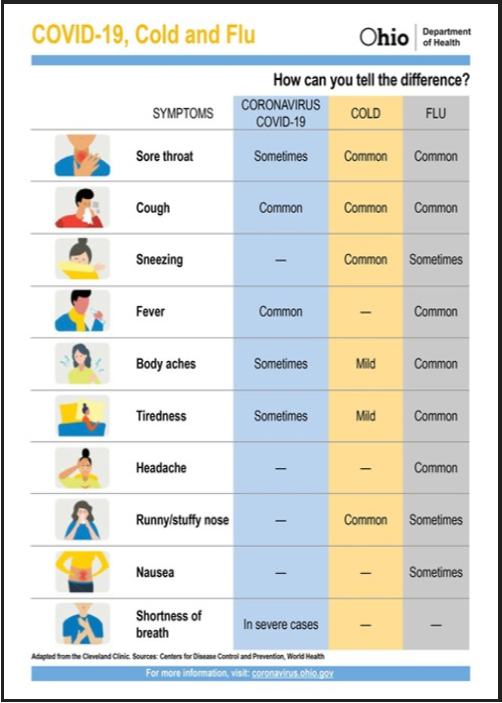Research shows that 80% of Newsletters are now read online so we would like to make accessing our Newsletter easier and kinder to the environment. Our new e-newsletter can be read on any device and can be translated into over 100 different languages - simply scroll to the bottom of the newsletter. We would welcome your feedback.
Welcome to the last newsletter for Term 2. It has been an extremely busy term, but a great one. Many students have progressed in their benchmark levels for reading and other areas of the curriculum. Many students have represented the school in sports carnivals where they have been highly successful demonstrating fair play and outstanding sportsmanship. These events showcase our students and provide them with the opportunity to enhance relationships and be a part of a team. Thankyou to our coaches and families for your support in making these events happen.
During the recent winter storm which produced significant rain and extremely high winds, the school had 4 very big gum trees fall to the ground. Upon closer inspection from Facilities Services, the trees were rotten from the inside out. Externally the trees look in good shape. I cannot take the risk in leaving the remaining big gums on site. Through solid advice I have made the decision to knock down the trees and replant with safer specimens that have no potential of falling and/or causing injury to anyone in our community. After seeing the health of the fallen trees I cannot take the risk that the remaining trees are safe around our community. These trees were all planted at the same time when the school was erected. I am currently receiving quotes to fell the trees and re-plant with safer options. I will keep you updated as to the progress of this work health safety project.
I would like to acknowledge the hard working staff of Long Street. They are a wonderful team and demonstrate high levels of commitment and dedication to your children on a daily basis.
Have a wonderful break. Please be safe on the roads.
Bryan Rotherham
Principal



